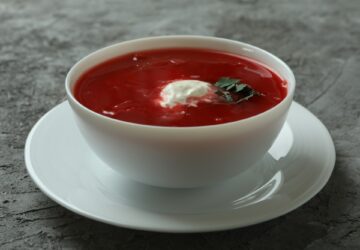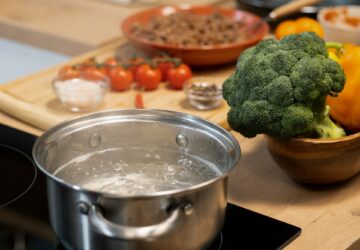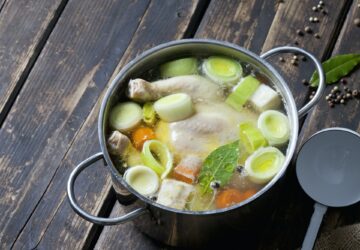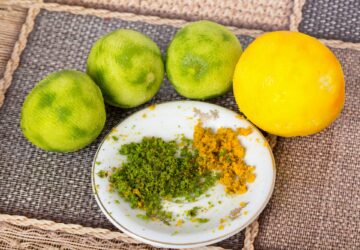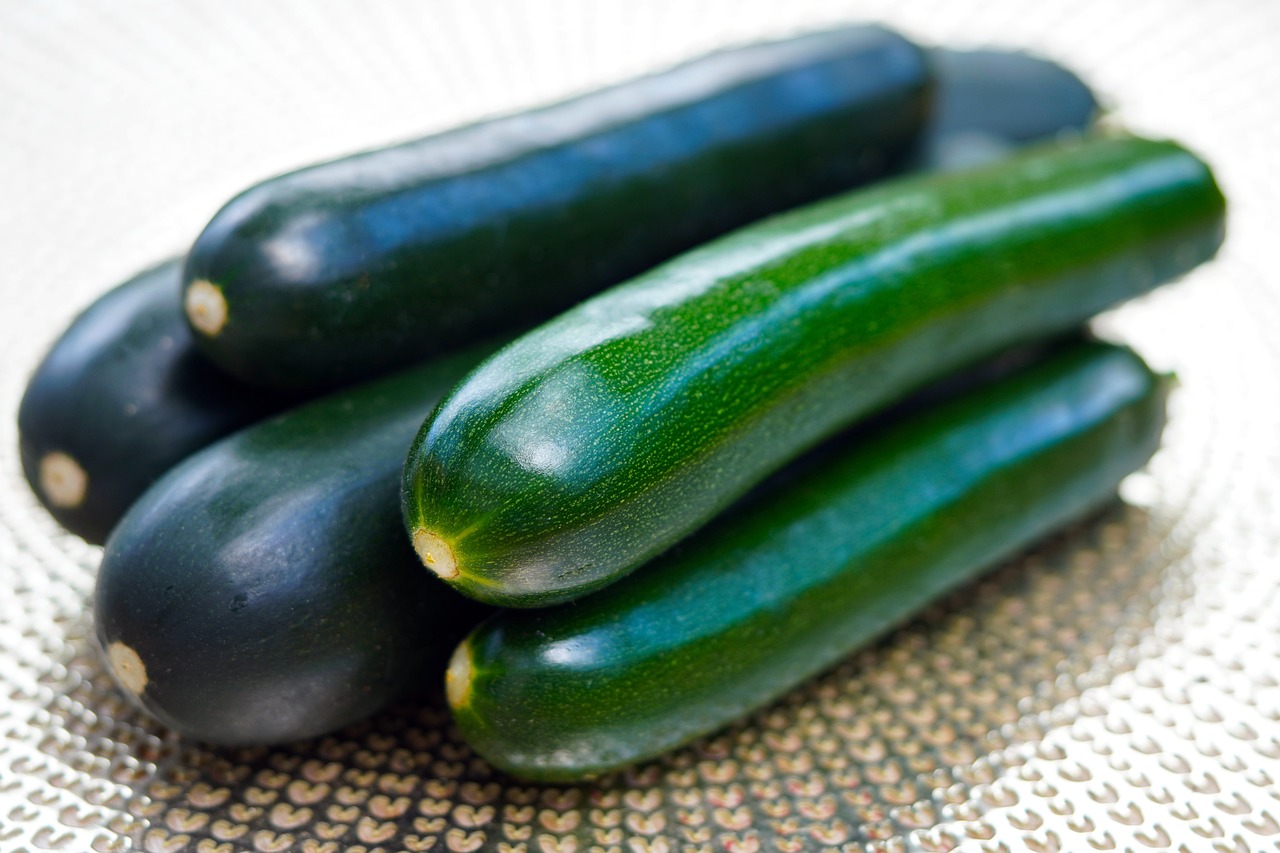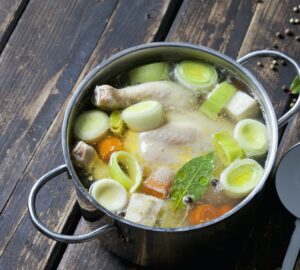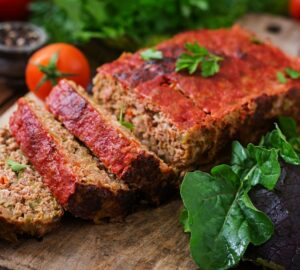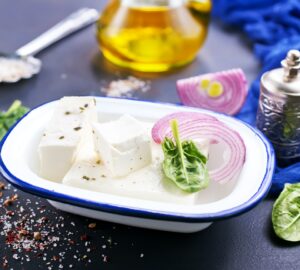Zucchini, also known as courgette, is a summer squash belonging to the Cucurbitaceae family, which includes cucumbers, melons, and pumpkins. Originating in Central and South America, zucchini has become a popular vegetable worldwide due to its versatility and mild flavor. Its scientific name is Cucurbita pepo, and it is closely related to other squashes like yellow crookneck and pattypan squash.
Zucchini is typically green, with a smooth and glossy skin, although there are yellow varieties as well. It has a cylindrical shape that tapers at the ends and can grow up to a foot in length, but it is often harvested when it is 6-8 inches long for better flavor and texture. The inside of the zucchini is a pale, tender flesh with edible seeds and a mildly sweet taste.
Zucchini is low in calories and high in nutritional value, containing essential vitamins and minerals like vitamin C, vitamin A, potassium, and manganese. It is also a good source of dietary fiber, which aids digestion and promotes a healthy gut.
This versatile vegetable can be prepared in various ways, including raw, steamed, grilled, sautéed, stir-fried, or baked. It is commonly used in dishes like ratatouille, pasta, casseroles, and stews. In addition to savory dishes, zucchini can also be used in baking, adding moisture and texture to muffins, bread, and cakes.
Zucchini blossoms, the flowers produced by the zucchini plant, are also edible and considered a delicacy in some cuisines. They can be stuffed, battered, and fried, or used as a garnish in salads and pasta dishes.
When selecting zucchini, look for firm, blemish-free specimens with vibrant color and a slightly spongy texture. They can be stored in the refrigerator for up to a week, but should be used sooner for optimal flavor and freshness. To prepare zucchini, simply wash it thoroughly, trim the ends, and cut it into the desired shape and size.
